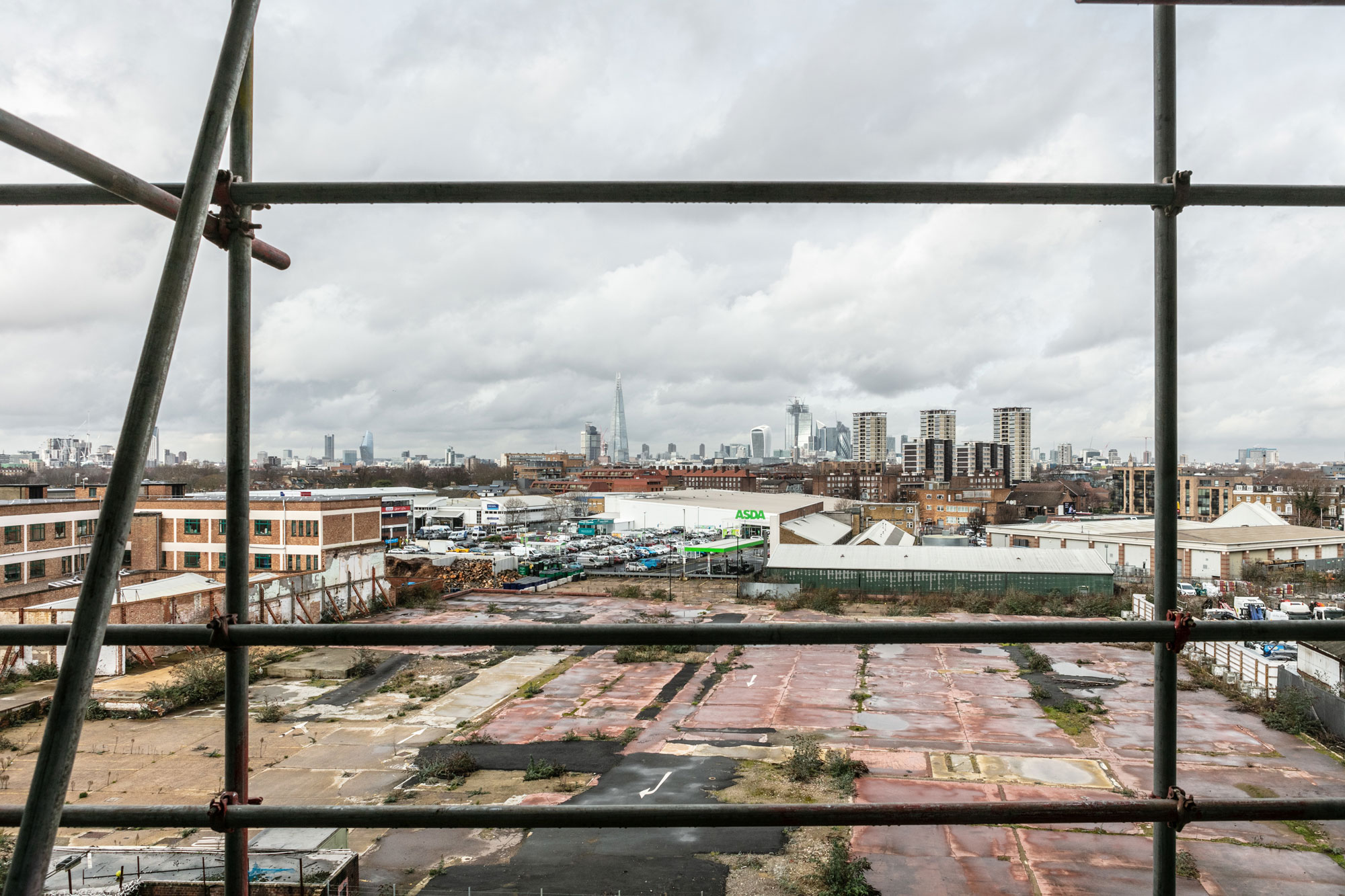
You may have been looking forward to moving into a new home in Kent, but the thrill quickly turns to annoyance when uninvited guests arrive. With all the construction crews beginning work on the latest developments in places like Dartford, Gravesend, and Maidstone, builders and their teams are also providing an open door for rats, mice, flies, and other nuisance pests to spread to new homes. This makes Kent pest control even more important.
Whether you have a new Kent home with lingering pest problems or an old house that you love but also has pest issues, getting in touch with professional pest control services can save you time, money, and many nights spent wide awake.
Why New Builds Do not Mean Pest-Free?
Kent’s latest construction projects are often built on land where known pests were already established. When bulldozers and excavators attack, they uproot entire colonies of ants, beetles, and rodents from the homes they had long occupied. But those pests do not just evaporate; instead, they seek other places to live, grow, and eat.
Medway Council records reveal that more than 2,500 new homes were given the go-ahead for building in just 2023, much of it destroying habitat space. During the construction/renovation, a pest highway system is formed from gaps in foundations, pillars of temporary wood, and disturbed landscaping.
Where Construction Zones Become Pest Pathways In Kent?
- Foundation and Basement Areas
Kent is well known for its heavy clay soil, which makes excavation for new homes less than rodent-resistant. Digging creates tunnels and loose earth that rats love. These disturbed areas are like highways for mice and rats to gain access to your home’s foundation. Utility pipes entering the basement present significant gaps, which are a highway for pest entry.
- Landscaping and Garden Boundaries
New developments might include lines of landscaping linking existing green spaces. This builds links between natural areas and built-up areas in the Kent housing developments. Planted Corridors for aphids, ants, and other garden pests to migrate directly to your doorstep.
- Roof and Attic Spaces
Construction work attracts airborne insects and birds, which tend to carry parasites and secondary pests. In fact, due to Kent’s highways and other route patterns, noise from construction can displace many types of birds that sleep there, so they need to find shelter anywhere else, even in neighboring homes, where these birds’ pests then enter.
- Garage and Storage Areas
Temporary construction materials that may be stored on site are perfect breeding grounds for pests. When the construction process is finished, these well-established populations relocate into the garages and storage areas of completed houses.
How Local Pest Experts Help During and After Construction?
The construction boom in Kent poses different challenges, and professionals providing pest control know about this very well. Kent Services realise that sustainable pest control necessitates action inside and outside the building process, not just reactive treatment after the trouble is apparent.
Local experts, such as United Pest Solutions, are responsible for pre-construction soil analysis to determine the presence of pests in the ground prior to breaking ground. They collaborate with builders to ensure that preventative practices are being used in construction, including proper sealing techniques and where and how barriers should be installed.
Wrapping Up!
When creating your dream home in Kent, it should be a time for excitement and not worry about uninvited visitors. By understanding how a construction disruption impacts local pest populations, you can be ready for the potential problem areas before they become a critical issue. Once you realize that pest prevention begins before you ever move in, it is easy to start to handle the problem.
Keep in mind that the best pest control solution mixes expert service and preventative measures.
